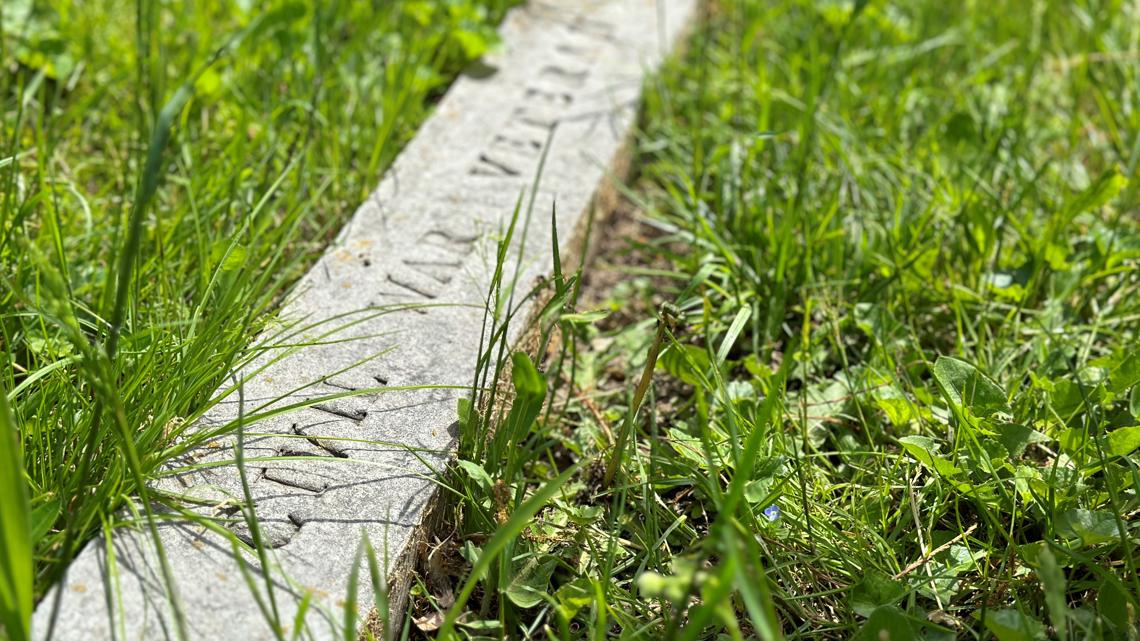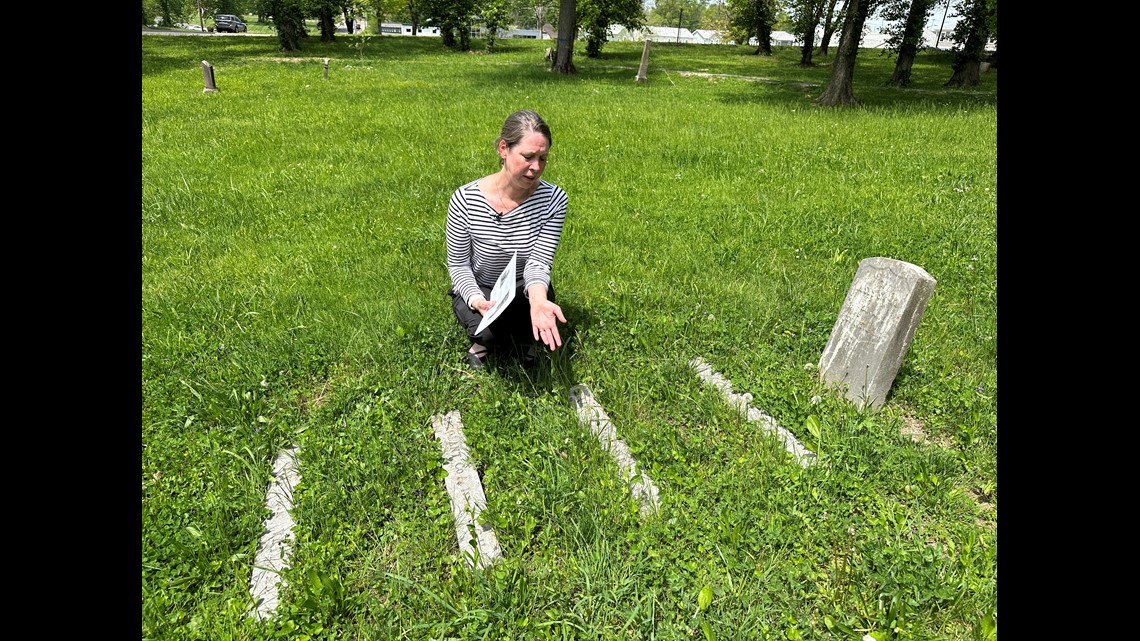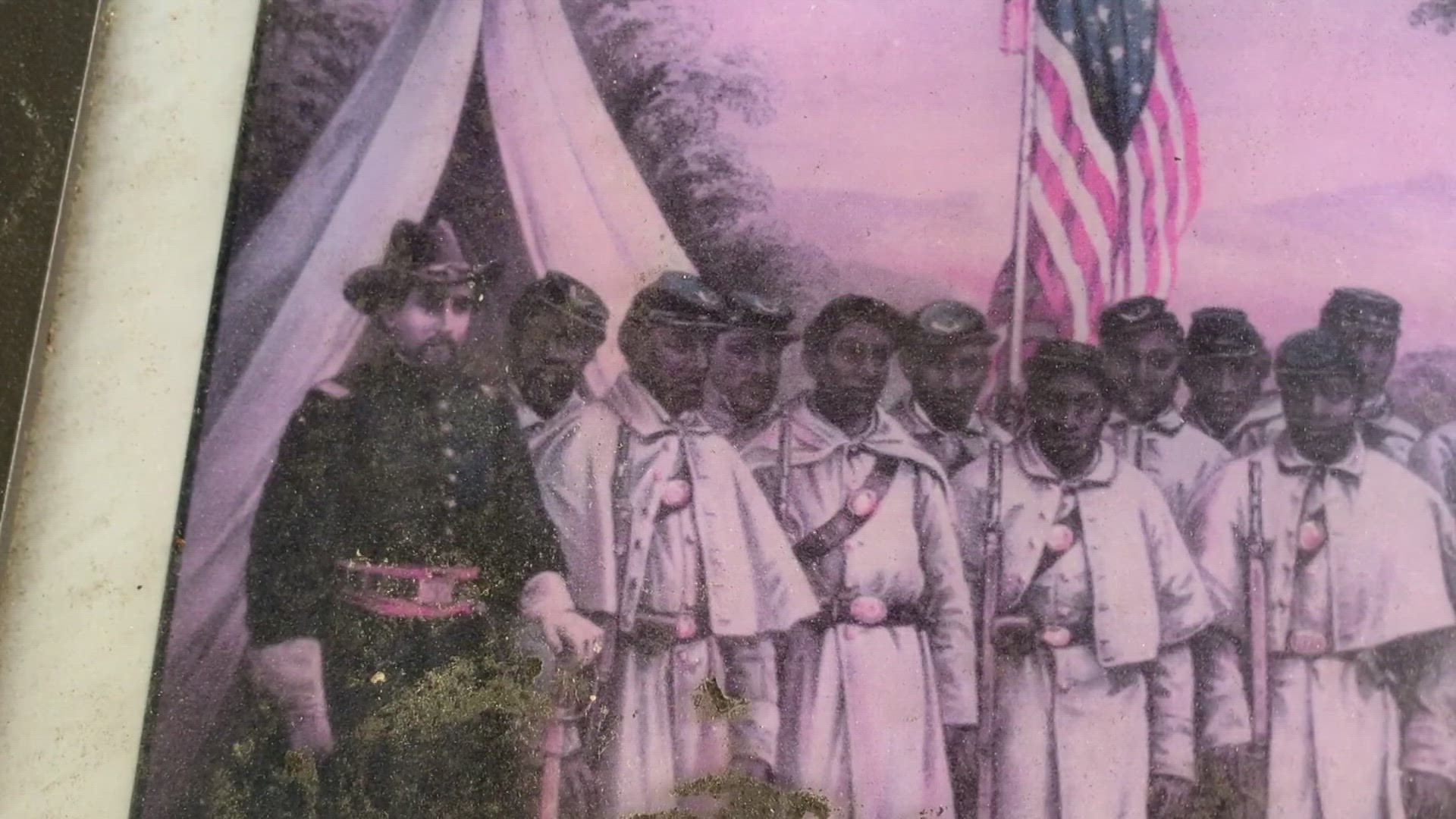KNOXVILLE, Tenn. — In the ebb and flow of history, often one generation rediscovers the heroics of the past and then makes it their mission to ensure future generations "never forget."
“I have to admit, I walk past the Odd Fellows Cemetery for years, going to Vine Middle School, and I didn't know the history of it,” said Steven Scruggs.
He became an instrumental advocate for researching and preserving the stories of people in that final resting place in East Knoxville, dating back to the 1800s.
“I never even knew there were Black civil war veterans in Odd Fellows Cemetery,” said Scruggs.
The trailblazing soldiers made history as the 1st U.S. Colored Heavy Artillery Unit. The unit of armed Black Union troops stood guard as the last line of defense for the city of Knoxville during 1864 in the fight against the Confederacy.


“For me, I mean, it started a little bit more like a research agenda. (Odd Fellows Cemetery) supported my interests in terms of spaces of memory and spaces of culture. Yet, when you spend time here, then it's no longer about that research. It's about what this community is about. You're falling in love every day you're here. That's been my experience,” said Katherine Ambroziak, an associate professor with the University of Tennessee College of Architecture + Design.
Ambroziak has devoted more than a dozen years to becoming intimately familiar with a patch of ground that holds almost 6,000 burials. During a short tour across a network of new walkways through this reclaimed space, she points out the 500 marked graves and the 14 identified as Civil War veterans, with the 1st U.S. Colored Heavy Artillery Unit.


“They trained here, they got behind the protection of the city as a whole. After the war, they continued living here. They continued as having families. Immediately that effort on their part had a legacy here in Knoxville,” said Ambroziak.
She calls it a “moral” and “patriotic connection” to recount a group of trailblazers who moved from slave to soldier, to “free men” in a matter of a few years.
A number of projects have helped with the restoration of the cemetery and with preserving the history of the 1st U.S. Heavy Artillery Unit. Here are a couple of links to those efforts:

